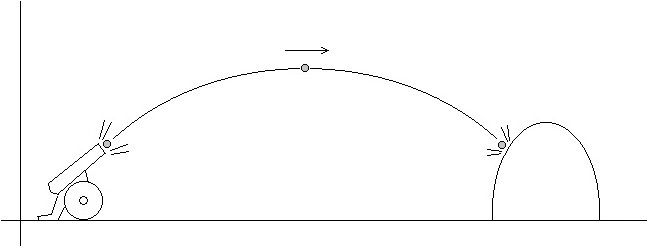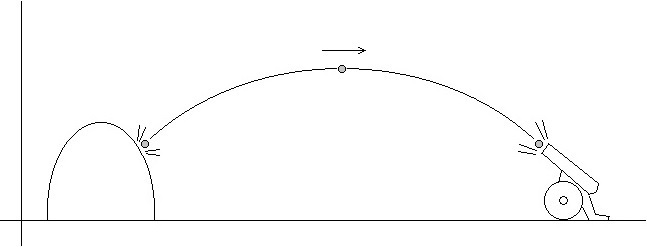Gravity and time
If time were to run backwards masses would still attract. This seems counter-intuitive. If you run a movie backwards, falling objects fall upwards. Many people would say that if time ran backwards we would all be thrown into space. However, think about acceleration as well as velocity. The explanation is quite simple. I was going to say it's not rocket science but actually it is. Look at these two scenarios:
Dropping a stone
Time running forwards.
Imagine you are standing in a field holding a stone in your hand 1.25 metres from the ground. You release the stone. Its velocity is initially zero. It accelerates towards the ground at 10 metres per second, per second. Half a second later its speed is 5 metres per second. Then it hits the ground. Its kinetic energy is transferred to the ground as vibrational energy (heat) which then dissipates away from the point of impact.
Time running backwards.
You are standing in the field. Your hand is 1.25 metres above the stone lying on the ground. Vibrations in the ground converge on a point just beneath the stone and ‘kick’ it upwards at 5 metres per second. It decelerates (accelerates towards the ground) at 10 metres per second, per second. When it gets to your hand its speed is zero. You catch the stone.
The stone accelerates towards the ground (the stone and the Earth attract one another) in both cases.
The trajectory of a cannon ball
After a cannon ball leaves the muzzle of the cannon its trajectory is a parabola, due to the gravitational attraction between the ball and the earth, as shown in the following diagram.

If time is considered to run backwards, the trajectory is still the same parabola but the sequence is reversed.

So masses attract whether time runs backwards or forwards.
Mike Holden - Feb 2016
Navigation: Home > Gravity and time